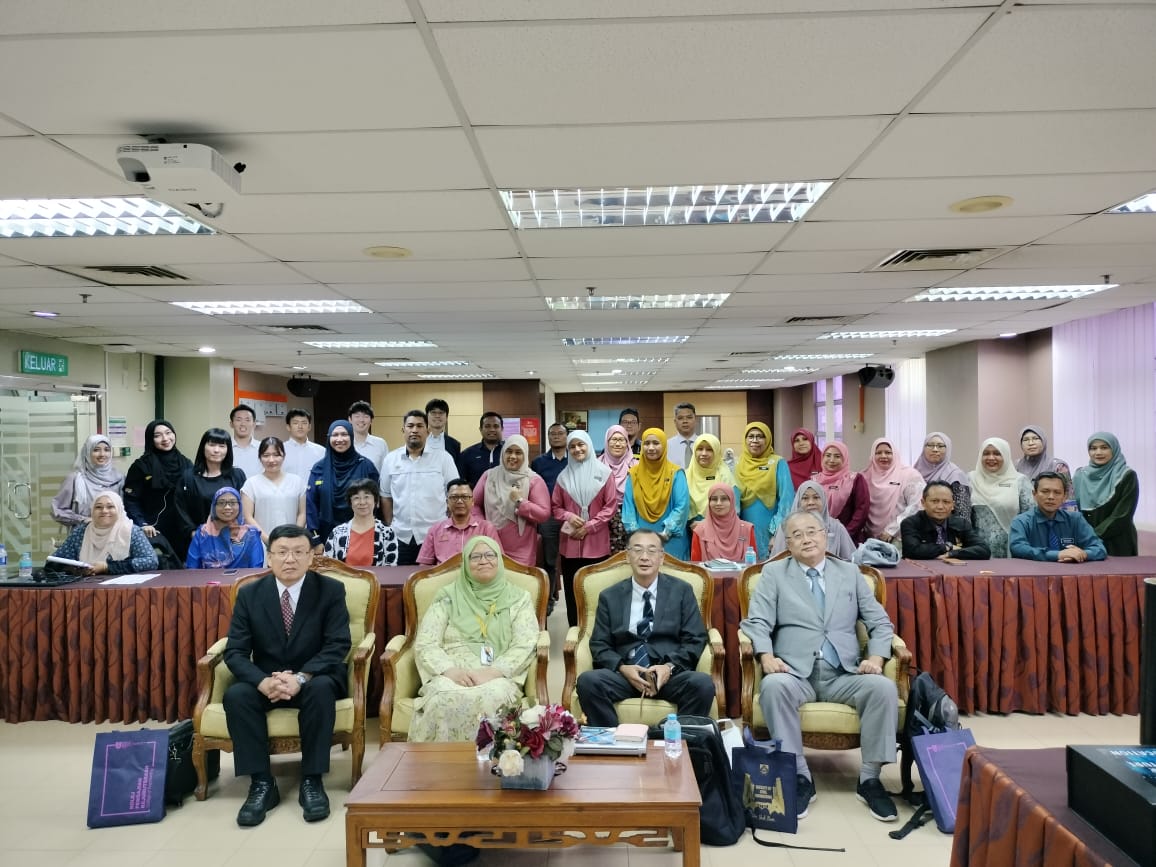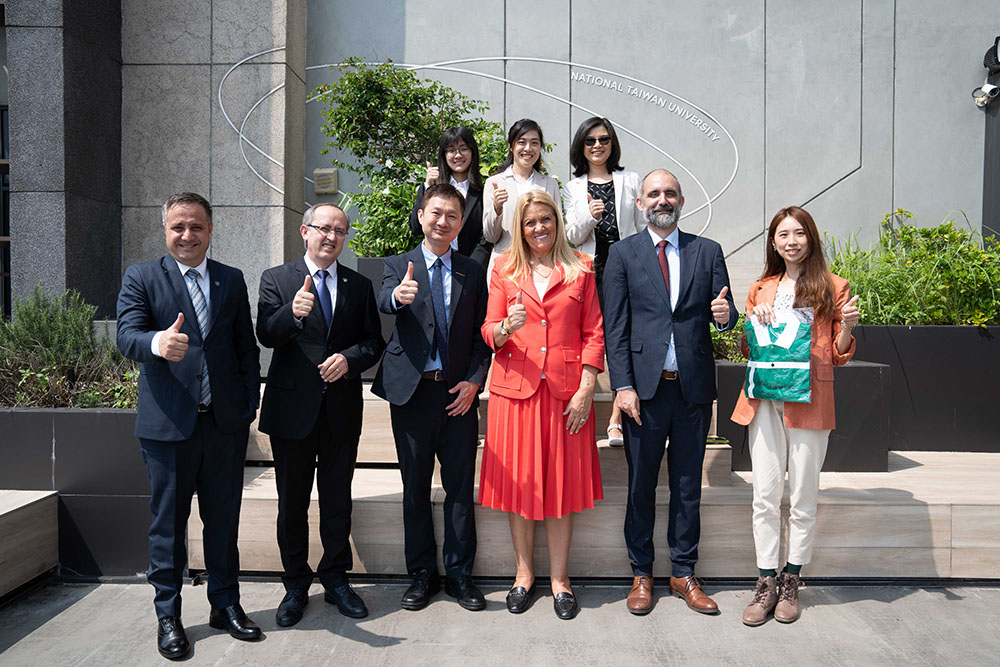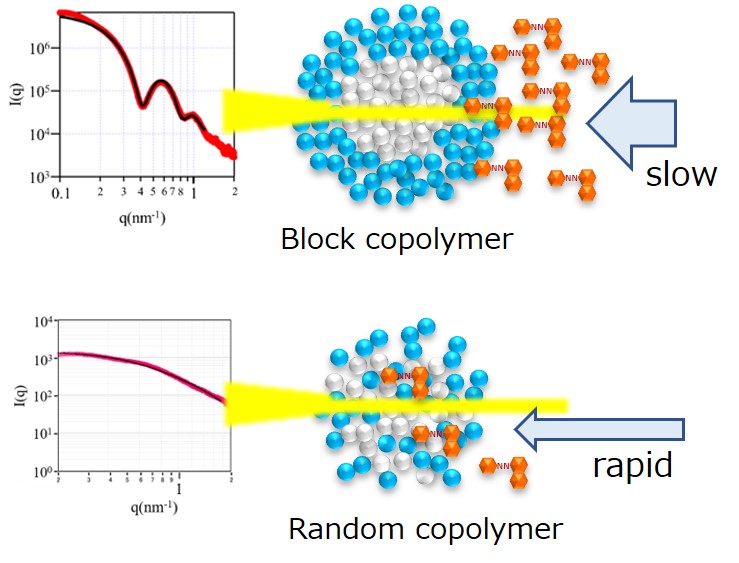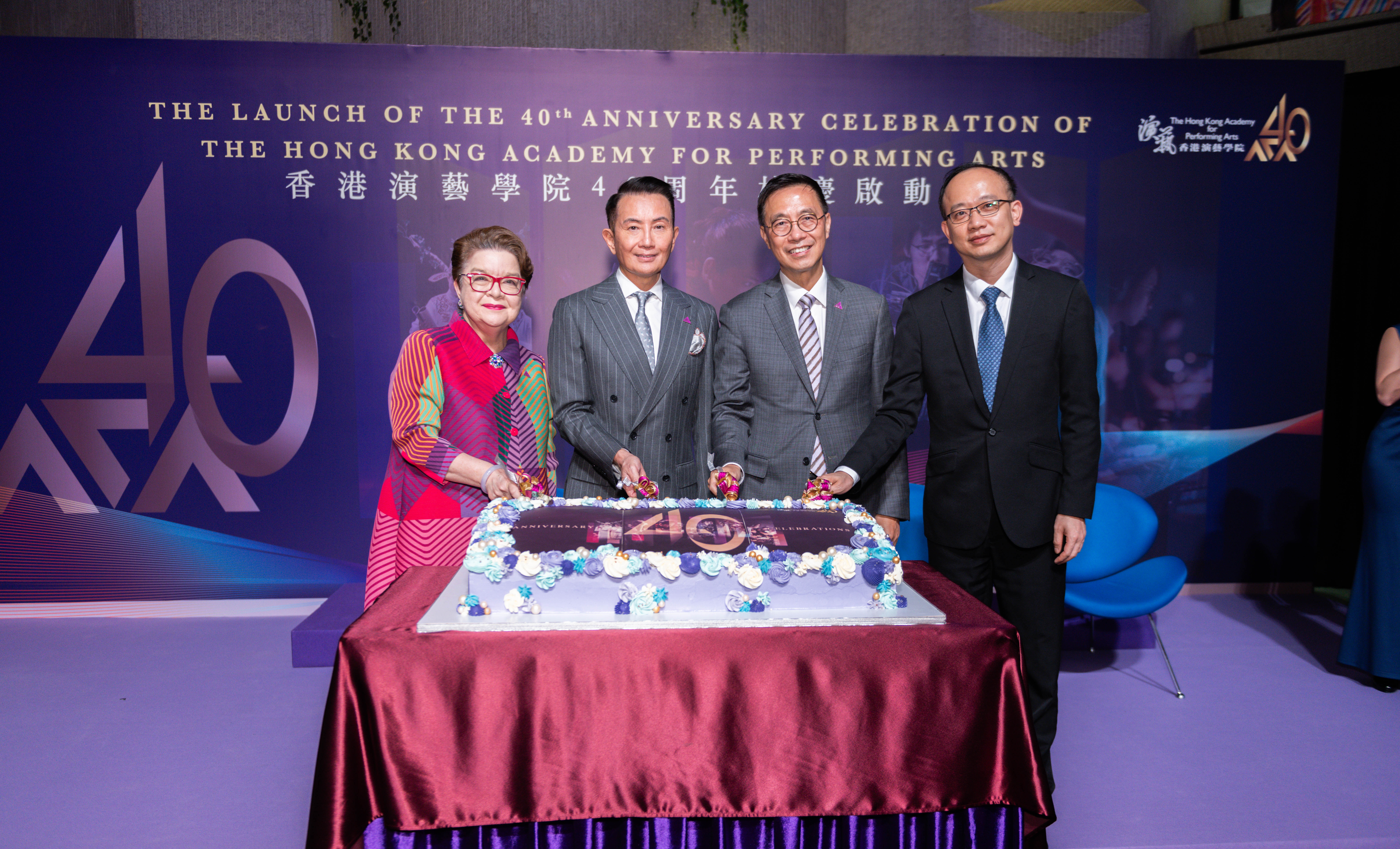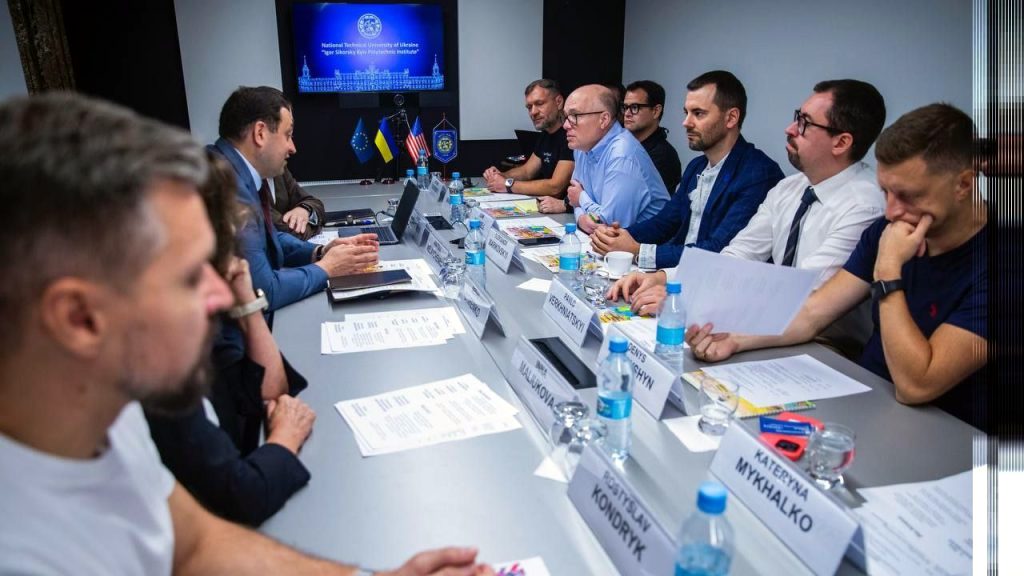The Malaysian Education Philosophy envisions education as a means of fostering students’ holistic development. The introduction of SDG-based learning in education was formulated as a result of this goal. UNESCO introduced SDG-based learning at the school level to empower the children, and they can participate to find solutions based on their point of view and cognitive level. It is known as education for sustainable development (ESD). Some schools have benefited from increased awareness
and have seized the chance to foster creativity and environmental responsibility in their students. Nonetheless, some schools continue to struggle with its comprehension and application. The online exchange program has created a new space for comprehending and raising awareness of the SDGs
among the students and teachers.
To increase the understanding of SDGs and its importance, collaborative learning is considered to provide effective knowledge transfer. An international online exchange program involving collaborative learning with an ESD approach has been implemented between Japan and Malaysia since 2021. Due to the positive feedback from both parties, the program has continued until now. The program received good feedback from the teachers and students involved. In this program, the students from both countries shared their activities. The students exchange the information and questions to inquire more knowledge. The program is facilitated by Faculty of Education , University of Toyama and School of Civil Engineering, College of Engineering, UiTM Malaysia.
The impact of this program led to the schools participating in sustainability programs, which promote environmental management and education, science, and design technology. The program helps
schools implement green practices and educate students about sustainability. Programs like this encourage students to involve with innovation development. Students have the opportunity to demonstrate their work by participating in various competitions at the school, state, national, and international levels. The students feel happy because they can share their activities and achievement
with their partner schools in Japan.
The school takes the opportunity with SDG-based learning to provide space for students to engage in various activities that can foster their awareness and improve their thinking skills. They also have the opportunity to showcase their talents in designing and share their innovations with others.
The school’s teacher used SDG as a theme in teaching and learning activities, Activities such as growing the fish in support of SDGs 1 and 2 teach the students about the importance of generating
income from their own efforts and the importance of getting nutritious food every day. In addition, these SDG-related activities have made the school a sustainable space by creating a comfortable ambient for them to learn every day. Students also take care of the school environment and make it a shared responsibility. Indirect education through SDG-based education has improved soft skills among
students.
The exciting thing achieved through this program for teachers is the improvement of professionalism of teachers and their understanding of the SDGs. With the opportunity to communicate with teachers from Toyama, Japan, the teachers involved in Malaysia have been able to develop their knowledge and skills in the field of global education and the SDGs. This gives them a new perspective and is a useful tool for teaching. The exchange of shared experiences and indirect learning of different teaching methods from their counterparts in Japan has enriched their teaching practices. The teachers involved have opened up the scope of their thinking of SDG with collaboration with the teachers in Japan in practicing ESD among students. This opportunity is to form an international with counterparts that can lead to future collaboration opportunities and a more constructive exchange of ideas.
It can be concluded that, international exchange programmes through collaborative learning on the SDGs not only enhance knowledge and skills but also build better relationships globally. More important is the students understand and aware about SDGs and can participate to take action for the solutions.




